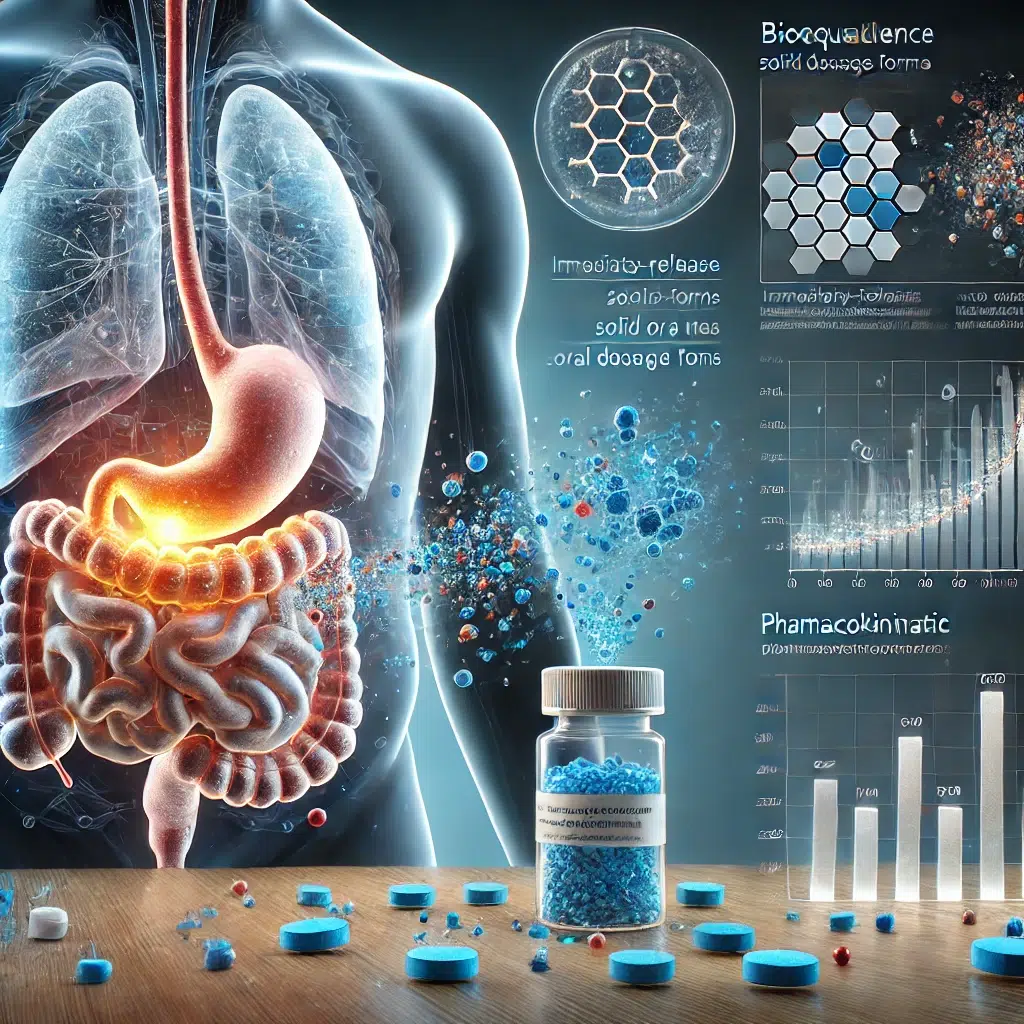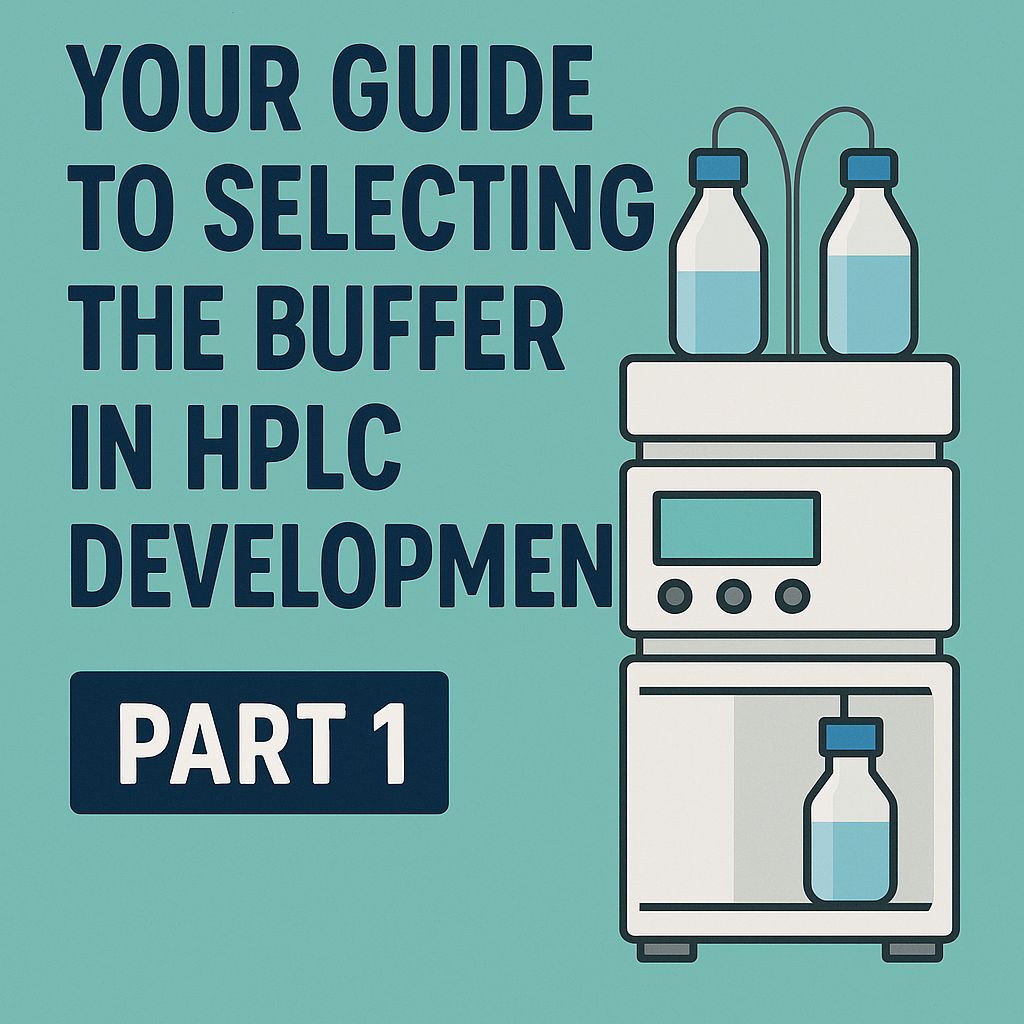Pharmaceutical lubricants are critical excipients used in tablet manufacturing to reduce friction during compression and ejection. They ensure smooth tablet production, prevent sticking to punches and dies, and improve powder flow. This article explores the types, functions, and selection criteria of pharmaceutical lubricants, along with their impact on tablet quality.
The physical properties that are important for the function of boundary lubricants include particle size, surface area, hydration state, polymorphic form, and solid state and thermal behavior for solid lubricants. For metal stearates, the stearate: palmitate ratio, polymorph, hydrate state, and moisture content may be important. Boundary lubricants are salts of long-chain fatty acids (e.g., magnesium stearate) or fatty acid esters (e.g., sodium stearyl fumarate) with a polar head and fatty acid tail. Fluid film lubricants are solid fats (e.g., hydrogenated vegetable oil, type 1), glycerides (glyceryl dibehenate and distearate), or fatty acids (e.g., stearic acid) that melt when subjected to pressure.
Types of Pharmaceutical Lubricant
1. Water-Soluble Lubricants
- Examples: Polyethylene glycol (PEG), sodium lauryl sulfate (SLS)
- Advantages: Suitable for hydrophilic formulations, no interference with dissolution.
- Disadvantages: Less effective at high pressures compared to hydrophobic lubricants.
2. Water-Insoluble (Hydrophobic) Lubricants
- Examples: Magnesium stearate, stearic acid, hydrogenated vegetable oils
- Advantages: Excellent lubrication, widely used in tablet manufacturing.
- Disadvantages: May delay drug dissolution if overused.
Functions of Lubricants in Tablet Manufacturing
- Reduce Friction: Minimize wear and tear on tablet press tools.
- Prevent Sticking & Adhesion: Ensure smooth tablet ejection.
- Improve Powder Flowability: Enhance uniformity in die filling.
- Facilitate Tablet Ejection: Reduce capping and breakage risks.

Selection Criteria for Pharmaceutical Lubricants
- Compatibility: Must not interact with active ingredients.
- Concentration: Typically 0.1%–5% (w/w) of the formulation.
- Processing Conditions: Must perform under high compression forces.
- Regulatory Compliance: Must meet pharmacopeial standards (USP, EP, JP).
Challenges and Considerations
- Over-Lubrication: Can lead to delayed drug release and reduced tablet hardness.
- Mixing Time: Prolonged blending may negatively affect tablet tensile strength.
- Alternative Lubricants: Newer options like glycerides and silica derivatives are being explored.
Conclusion
Pharmaceutical lubricants play a vital role in ensuring efficient tablet manufacturing. The choice of lubricant depends on formulation requirements, processing conditions, and regulatory guidelines. While traditional lubricants like magnesium stearate remain popular, ongoing research aims to develop more effective and dissolution-friendly alternatives.
References
- Handbook of Pharmaceutical Excipients – Rowe, Sheskey, & Quinn.
- Pharmaceutical Dosage Forms: Tablets – Augsburger & Hoag.
- USP-NF General Chapters on Excipient Standards.
- USP-NF Excipient Performance <1059>

